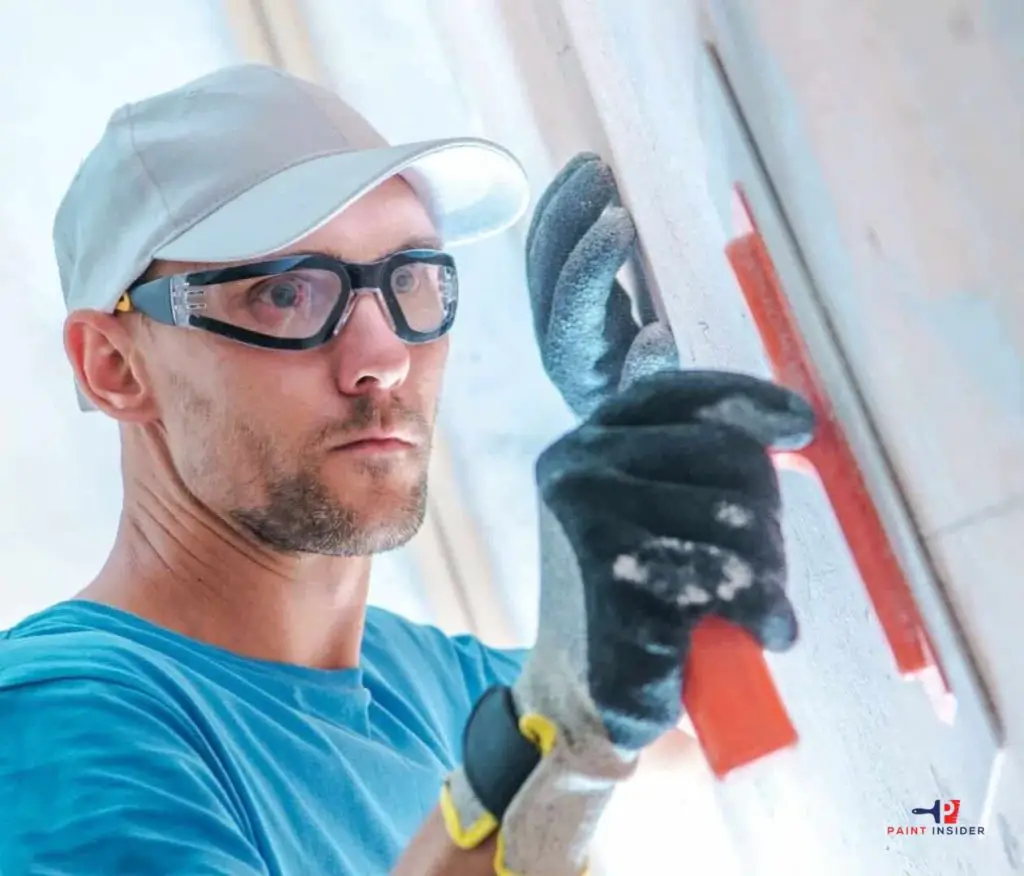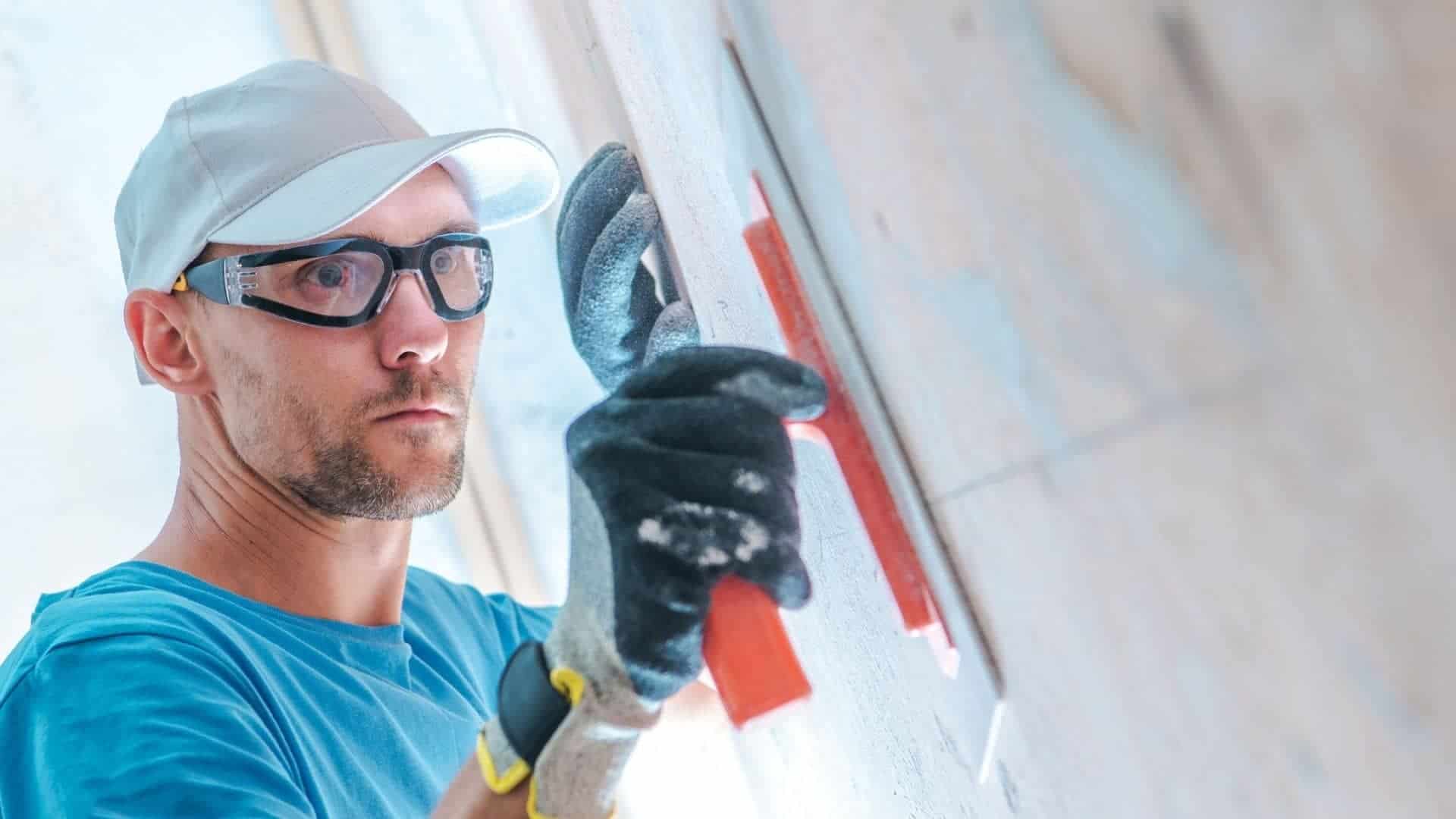We all want to produce a piece of art that is free of errors. As a DIY person, you aim to create a smooth and clear painting. With that in mind, note that the art of painting requires all of your input to realize desired results, so you should pay attention to the finer details of the whole painting process. This calls for total commitment which may include daily painting practices to master the skills. In addition to that, it is important to mention that to produce the desired piece of painting, you have to prepare adequately.
Any paint you come across is made of a ton of additives that make it suitable for use on a given surface. Floetrol is a good example of an additive in paint that enhances the properties of a particular paint. With that said, what is a paint leveler? Read on to find out more.
Definition Of A Paint Leveler
Paint levelers are also known as paint extenders. They are powdered particles that are majorly earthy which are added to paints to enhance their properties. They allow the application of paint on a given substance to become much easier. Additionally, paint levelers cause the paint to dry out much faster. The paint levelers do not change the basic characteristics of paint.
Composition of paint levelers
Paint levelers(extenders) are mostly solid with varying particles but they are mostly in powder form which enables them to properly blend with paint to increase its(paint) quantity and improve its filler properties. Additionally, they enhance your paint’s applicability properties by causing it to withstand the natural processes of wear and tear.
Importance of paint levelers
Just like other substances, paint contains important additives that contribute to its application properties. So, how important is a paint leveler? Let us take a look at some uses of paint leveler.
- It improves the flow properties of paint
- Paint levelers minimize the effect of brush and roller marks
- Paint levelers protect spray guns from wear and tear
- They reduce the amount of time it takes for paint to dry
Leveler additives have other important chemical characteristics when they react with a given paint. They include:
- Improved application of paint
- Enhanced sticking abilities
- Increased film ruggedness
- It adds to the bulk of the paint
Choosing your leveling additive
The most common leveling agent is the improved polydimethylsiloxane which is a long-chain polymer. You can not use this additive in its pure state because they are incompatible with other additives found in paint. You Should consider choosing modified additives to improve the leveling abilities of paint. Modified grounding agents can improve the adhesive properties of your paint by stabilizing its form and surface tension.
Problems encountered during paint application
You want to create a near-perfect piece of painting without any unwanted blemishes and if you are a professional painter, your customers expect you to produce “pure gold”. Such results are achievable if you will select the best grounding agent and proper surface preparation before you start painting and this is where paint levelers come in.
That notwithstanding, a lot of times you will encounter a myriad of problems during painting, and this does not mean you know anything as pertains to painting. These are common problems to expect but with adequate preparation, the chances of encountering such problems can be greatly reduced to achieve the desired finish.
The final look of your painting is determined by the nature of the painting you will apply whether you will spray it or use a roller when applying the paint. Additionally, the mode of drying will contribute to the quality of the final piece of your painting. So what problems are you likely to experience during your painting? Read on to discover more.
A characteristic Orange peel appearance
This is most common when doing spray painting and it is influenced by the following factors:
- The viscosity of the substance used as a paint leveler.
- Spraying parameters such as air and liquid ratio
- The surface tension of the solution and the leveling agents used.
Craig-like formations
This is caused by contaminants in the solution that manifest during the drying process. The difference between the surface tension of the paint and impurities can also bring about this formation. Such impurities will affect the surface tension of paint and consequently lower its application properties.
Swellings on the surface
The swelling results due to the trapped air spaces in paints. They may also occur due to the availability of volatile agents in paint resulting in volcano-like formations on the painted surface. Adding paint levelers reduces this effect by acting as a filler to enhance the application properties of your paint.
Slinking
Spraying paint on a surface is the most effective method when applying your undercoat. However, it may cause film retraction on the surface immediately after application in what is referred to as dewetting. The coloring agent supposedly wets the surface temporarily but after a short while, it retracts leaving behind an ugly appearance. This scenario is possible due to a difference between the surface tension of the paint used and the additive.
Any paint you come across is made of a ton of additives that make it suitable for use on a given Floetrol is a good example of an additive in paint that enhances the properties of a particular paint. You will encounter a lot of challenges during the painting process which is why you should take precautions to avoid them.
Paint levelers are also known as paint extenders. They are soluble additives that improve the application properties of your paint. Ensure you choose the right extender for your paint to enable you to achieve your ultimate goal of a clear and smooth piece of painting. The type of leveling agent you choose will affect the time it takes for your paint to dry and this should be taken into consideration. Hope this helps, enjoy your painting!
Frequently Asked Questions (FAQ) About Paint Levelers

1. What is a paint leveler?
A paint leveler is a specialized additive that helps to smooth out the finish of your paint, minimizing imperfections and improving surface quality for a more professional look.
2. When should I use a paint leveler?
Use a paint leveler when you’re working with surfaces that tend to show brush marks or texture, or when painting over existing finishes that may be uneven.
3. How do I mix the paint leveler with my paint?
Typically, you’ll add the recommended amount of leveler directly into your paint can and stir thoroughly. Always refer to the product instructions for specific mixing ratios!
4. Can I use paint levelers with any type of paint?
Most paint levelers are compatible with water-based and oil-based paints, but it’s always best to check the product label for compatibility with your specific type of paint.
5. Will using a leveler change the color of my paint?
No, adding a paint leveler should not alter the color; it simply enhances application and finish quality without impacting the hue.
6. Are there any special tools required when using a paint leveler?
You don’t need special tools; just standard painting supplies like brushes or rollers will work! Just make sure you’re applying evenly for the best results.
7. How long does it take for the leveled surface to dry?
Drying time can vary depending on environmental conditions and the type of paint used but generally expect it to take about 1-4 hours before recoating.
8. Can I use too much paint leveler? What happens if I do?
Using too much can lead to an overly slick surface that may not adhere well during future coats. Stick to the manufacturer’s recommended ratio for optimal results!
Conclusion
In conclusion, understanding what a paint leveler is can improve your painting projects. You won’t have to deal with the unpredictable results of traditional methods; a paint leveler lets you control texture and finish more effectively. This helpful additive helps you get a smooth, shiny surface, turning an average job into something special and enabling professional-quality results at home.
Moreover, incorporating a paint leveler not only elevates aesthetics but also enhances the durability and longevity of your finishes. By investing time in mastering its application techniques whether you’re tackling furniture restoration or wall remodeling you’ll be empowered to create surfaces that not only look polished but also stand up to everyday wear and tear. So next time you’re preparing for a painting endeavor, remember: embracing tools like paint levelers isn’t just about the product itself; it’s about unlocking your creative potential and redefining what’s possible with every brushstroke.

